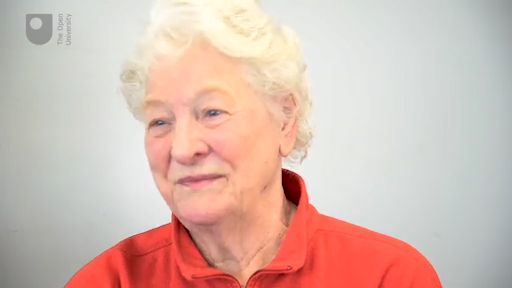7.1 Where does culture come from?
One of the most important factors influencing the culture of a team – and, for that matter, of an organisation – is its leader. The leader’s influence can be both overt – for example, by publicly recognising those people demonstrating the desired behaviours – or less obvious, which might include demonstrating those fundamental beliefs and assumptions which are felt to be shared by all members. This hints at a very important underlying aspect of leadership and culture: that leaders play a key role not just in creating and changing culture but also in maintaining it (Trice and Beyer, 1991)
With particular reference to the culture of policing organisations, Angela Workman-Stark, a former senior member of the Royal Canadian Mounted Police, highlights the way in which different subcultures can develop within different departments and at different grades within policing organisations.
In policing, different cultures may arise across functions and teams … However, distinctions by rank or level within the organization continue to represent the more prominent descriptions of cultures in policing.
When culture is considered across ranks or levels, Workman-Stark highlights the differences as follows:
In contrast to the street cop culture, which is focused on the immediate aspects of the job and the risks of the street, the middle management culture is more concerned with management functions and acts as a buffer between patrol officers and upper management. In turn, the top command is consumed with the politics of managing police organizations and being accountable to external stakeholders.
So what sort of culture should you seek to develop?
Looking beyond the various subcultures that can emerge, it is worth considering what the positive characteristics of a culture might look like. Unfortunately for anyone in a leadership role, there is no single ideal culture which can be aspired to; cultures are by definition very context-specific and rely on the particular needs of an organisation, its people and those it serves. This is one of the reasons why cultural change can be so difficult.
American psychologist Carol Dweck (2017) provided an interesting perspective on culture, arguing that the way we approach challenges and opportunities very much depends on our ‘mindset’. This is described in greater detail by Knell and O’Mara (2017) as follows:
Your mindset is the characteristic way you face challenges and adversity: as opportunities to learn and grow, even from failure (a ‘growth’ or ‘incremental’ mindset), or by retreating to safety, and being wary of failure (a fixed ‘mindset’). Mindsets manifest themselves in how you talk to yourself (‘I can’t do that, because …’ or ‘I’d like to try that, because …’), and in your behaviour (going forward to the challenge, with a determination to learn, or avoiding the challenge because of fears about the stigma of failure).
Research has also found that, rather than simply relating to individuals, mindsets also exist on an organisational level and are reflective of an underlying culture.
An organization’s mindset is the belief that it and its workforce have about the nature of talent and ability. … Some companies foster a fixed mindset ‘culture of genius,’ in which talent is worshipped. This type of organizational culture asserts that employees either have it or they don’t, when it comes to skills and learning capabilities.
Other organizations, however, foster a growth mindset ‘culture of development.’ This type of organizational culture asserts that people can grow and improve with effort, good strategies, and good mentoring. Culture-of-development organizations foster growth mindset, actively seeking to stretch their employees and promote new skills.
This same research has found that organisations with a growth-mindset culture tend to perform better than those with a fixed-mindset culture and are better able to cope with challenge, change and adversity. There are consequently important lessons here for leaders (in terms of how they approach the challenges facing them), their team and organisations like the police in working with the community.
Activity 7 Developing an effective team culture
In the following video, former Olympian Lady Mary Peters talks about the challenges of developing an effective team culture and, most particularly, the role of a leader in this process.
As you are watching, reflect on your own experience and understanding of team culture and the role that team leaders have played.
Make some notes about your own experience of positive and less positive team cultures and the impact that this had on performance within the team.

Transcript: Video 2 Former Olympian Lady Mary Peters discusses developing an effective team culture
Discussion
There is no one simple answer to this activity – everyone’s experience will be different although, if you were to discuss this with colleagues, you may well find you have identified similar ideas. Reflecting on any similarities or even differences can help you to understand the perspectives of others and act as an important bridge towards a shared and effective team culture. This is not so much about ignoring differences but rather recognising that different perspectives are a natural component of all teams.
